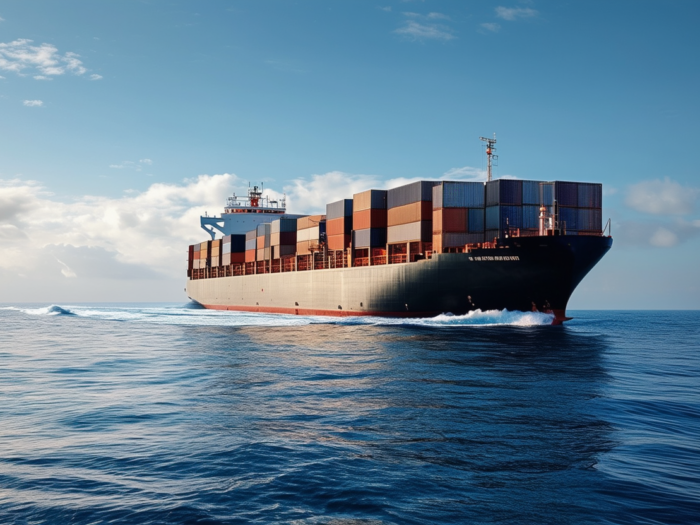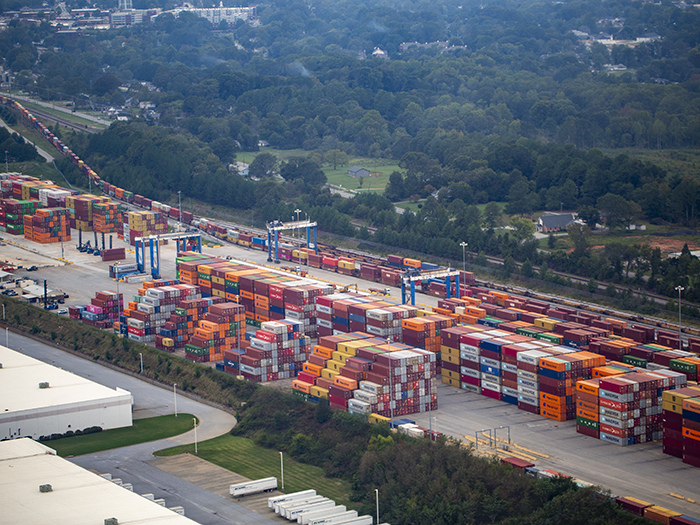Large Marine Losses Hit Record Low in 2023, But Challenges for Sector Persist

The global marine industry achieved a new safety milestone in 2023, with losses of large vessels falling to a record low of just 26 for the year, according to the Allianz Safety and Shipping Review 2024.
This represents a decline of more than one-third compared to the previous year, a remarkable achievement given the significant challenges the marine industry faces, from geopolitical conflicts to climate risks and the push to make fleets more “green,” the report stated. However, Allianz cautioned that the sector will need to work hard to maintain this positive trajectory in the face of growing volatility and uncertainty.
“The speed and extent of the way the industry’s risk profile is changing is unprecedented in modern times,” observed Captain Rahul Khanna, Global Head of Marine Risk Consulting, Allianz Commercial. “Conflicts such as in Gaza and Ukraine are reshaping global shipping, impacting crew and vessel safety, supply chains and infrastructure, and even the environment.” Piracy is also on the rise, and environmental issues, such as the ongoing disruption caused by drought in the Panama Canal, also affect, he said.
Trends in Maritime Safety and Losses
The maritime industry has seen a significant improvement in safety over the past three decades, with losses to large vessels — those larger than 10 gross tons — falling from around 200 per year in the early 1990s to a record low of just 26 in 2023. The 26 total losses last year represented a decrease of more than one-third from the 41 reported in 2022.
By type of large vessel, cargo ships were the top source of total losses, with 16, followed by fishery, 4, tugboats, 3, and passenger ship, 1. Cargo, fishing and passenger vessels account for over 60% of ships lost over the past decade, the report noted.
The total number of shipping incidents reported globally, which include total losses, saw a slight 3% dip in 2023 to 2,951 from 3,036 the previous year.
Over the past 10 years, most incidents were caused by machinery damage or failure (11,506), followed by collision with other vessels (3,014), wrecked/stranded (2,808) and contact with port infrastructure (1,916), Allianz found.
One key ongoing safety concern is fires on board vessels. While the number of fires declined in 2023, there were still 205 incidents reported, the second highest total in the past decade after 2022. Over the past five years, there have been 55 total losses caused by fires. These incidents remain a major hazard given the potential loss of life, extensive damage, and severe associated costs that can significantly increase large marine insurance claims.
The tragic collapse of Baltimore’s Francis Scott Key Bridge in the U.S. in March 2024, after it was hit by the container ship Dali made headlines around the world, but such incidents of this magnitude are thankfully rare, the report noted. There were just 35 major bridge collapses worldwide involving ships or barges between 1960 and 2015.
The Baltimore bridge incident has also put the potential risks from power blackouts into the safety spotlight. Loss of propulsion is not an uncommon occurrence. According to analysis of incident reports, more than 400 cargo ships have reported losing power over the past three years in US waters, according to the report, which poses serious risks if near a bridge, port or infrastructure.
Risks to shipping remain concentrated in certain geographic regions. The South China, Indochina, Indonesia and the Philippines maritime area has been the global loss hotspot over both the past year and decade, accounting for 184 losses in the past 10 years. This region was responsible for almost a third of all vessels lost in 2023, with 8 recorded.
Geopolitical Risks
The vulnerability of global shipping to proxy wars, disputes, and geopolitical events is on the rise. From the ongoing conflict in Gaza to the re-emergence of Somali pirates, commercial vessels are increasingly finding themselves in the crosshairs.
“Both the war in Ukraine and the Red Sea attacks have also revealed the increasing threat to commercial shipping posed by new technology, such as drones, which are relatively cheap and easy to make, and difficult to defend against without a large naval presence,” said Captain Khanna.
Sanctions on Russian oil and gas exports have led to the growth of a “shadow fleet” of tankers, which mostly are older vessels that operate outside international regulation and often without proper insurance. This shadow fleet presents serious environmental and safety risks that could have long-term ramifications for the industry.
Meanwhile, attacks against shipping in Middle East waters are directly impacting Suez Canal transits and trade, causing further disruption to already strained global supply chains.
As a result of these geopolitical threats, some vessels are choosing to reroute and avoid the Suez Canal altogether. However, this comes with its own set of risks and environmental challenges, such as increased emissions and potential safety issues from traveling longer distances. The far-reaching impact of regional conflicts on the global shipping industry underscores the need for enhanced security measures and international cooperation to protect this vital sector of the world economy.
Decarbonization Challenges
The shipping industry faces significant challenges as it works to meet ambitious targets for reducing its carbon emissions. Shipping currently contributes around 3% of global emissions caused by human activities. Reaching the industry’s decarbonization goals will require a multi-pronged approach, including improving energy efficiency, adopting alternative fuels, innovative ship designs, and new methods of propulsion.
One major challenge is developing the necessary infrastructure to support vessels using alternative fuels, such as bunkering and maintenance facilities, while simultaneously phasing out fossil fuels. There are also potential safety issues to address, as terminal operators and ship crews will need to handle alternative fuels that can be toxic or highly explosive.
“Increasing shipyard capacity will also be key as the demand for green ships accelerates. Such capacity is currently constrained with long waiting times and high building prices,” says Justus Heinrich, Global Product Leader, Marine Hull, at Allianz Commercial.
Over 3,500 ships must be built or refitted annually until 2050 to meet decarbonization targets, yet the number of shipyards worldwide has fallen by more than half between 2007 and 2022.
View the complete Allianz Safety and Shipping Review 2024 report here. &










